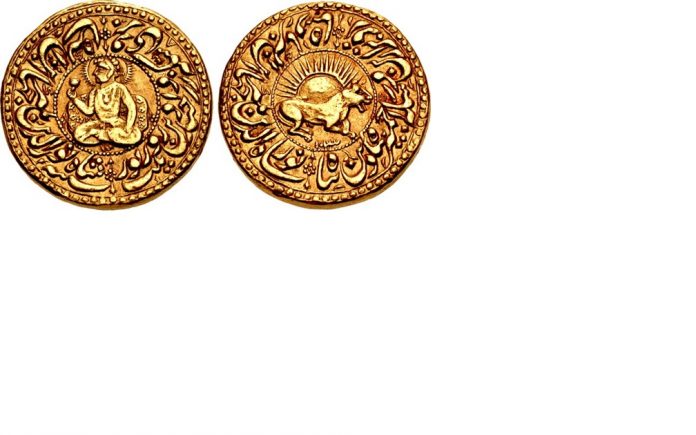
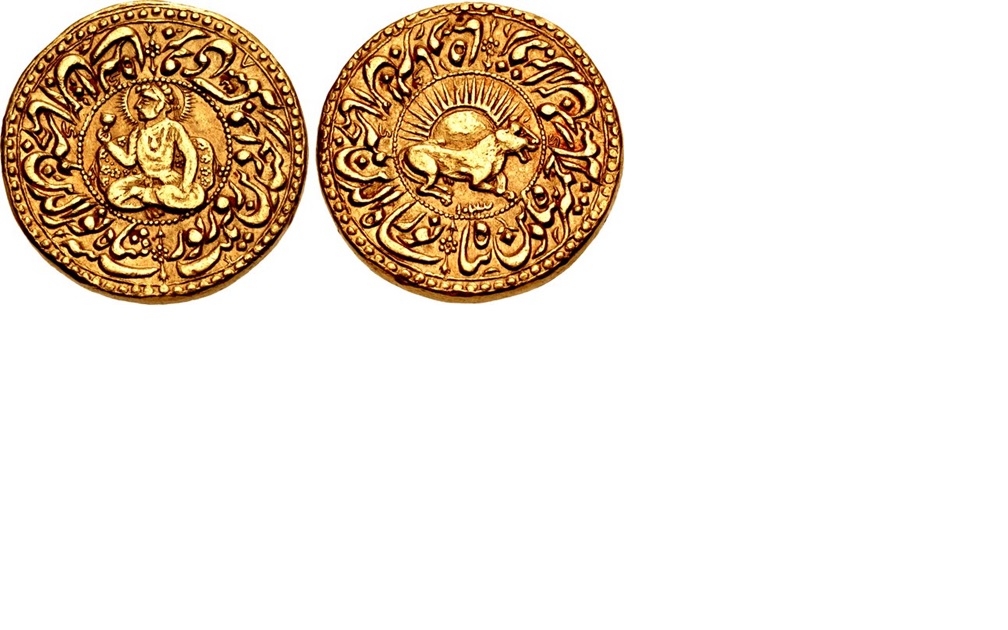
INDIA, Mughal Empire. Nur al-Din Muhammad Jahangir. AH 1014-1037 / AD 1605-1627. AV Mohur (20mm, 10.90 g, 12h). Portrait type. Ajmer mint. Dually dated AH 1023 (11 February AD 1614-30 January AD 1615) and RY 8 (15/24 October 1612 – 14/23 October 1613). ba ruye sikka-e zad dad chanden-e zein wa zewar shabih-e Shah Nur al-Din Jahangir bar Akbar padshah (Upon the gold coin much beauty and ornament the likeness of Shah Nur al-Din Jahangir son of Akbar Padshah) in Persian, radiate Jahangir seated cross-legged left against patterned cushion holding flower; numeral 8 (rin eastern Arabic numeral) below sikka-e; legend divided by two roses, each set on arrow / zad ba zar ein dar sikka Ajmer Shah din-e panah Shah Shah Nur al-Din Jahangir bar Akbar Badshah (Struck in gold this coin at Ajmer the Shah shelter of the Faith. Shah Nur al-Din Jahangir son of Akbar Badshah) in Persian, lion recumbent right; radiate sun behind; AH date below; legend divided by two roses, each set on arrow. Liddle Type G-39; BM 318 var. (no RY date); Wright –; Hull 1425; KM 179.5; Friedberg 759; Adams III 2397 (same dies, but later strike). Near EF, toned, whisper of deposits. Well struck. An exquisite example of the very rare type and superior to the Adams specimen.
By Misbahuddin Mirza for TwoCircles.net
A new record was set this week at New York’s Grand Hyatt Hotel. A Jahangir gold mohur was sold for an incredible $325,000. Add Buyer’s premium to this, and the lucky buyer will be shelling out $390,000 – i.e. almost Rs 2.5 crore for a one tola (10 grams) coin. The New York International Numismatic Convention is the United States’ largest and most prestigious numismatic event targeting the needs of the world and ancient numismatic communities. This marvelous coin was auctioned by the prestigious firm Classical Numismatic Group, Inc (CNG).
The world of Indian Islamic Numismatics is mesmerizing. Numismatics is more than just a hobby. It tells historians so much about the past. The right to mint coins was one of two things that were fiercely guarded by all Muslim Monarchs – the second being the inclusion of a prayer for the monarch during Friday sermon. Islamic coins provide even more information than coins of other cultures, as they also contain the mint name (geographical location), and the year of minting, thus providing numismatics and historians with critical information. For those unfamiliar with the Arabic language, Richard Plant’s “Arabic Coins and how to read them” will make reading Islamic coins a breeze.
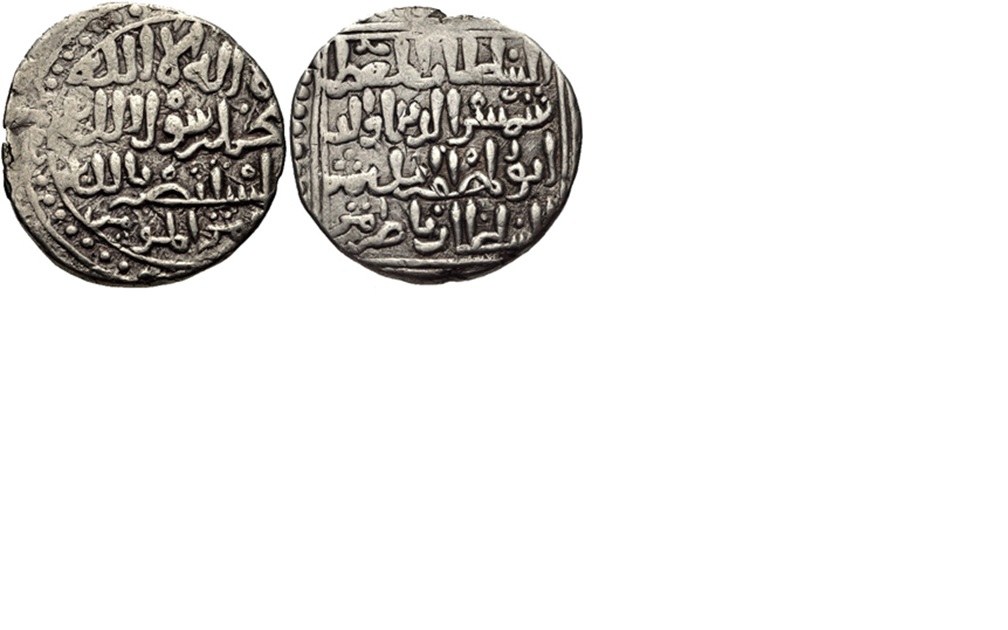
Islamic coinage begun after the newly established Muslim state conquered the Sassanian empire. Umar bin Khattab, the second Khalifa asked a word or two of Islamic terminology (Bismillah) be added to the existing Sassanian coin design; thus, you see the initial Islamic coins having human portraits contained in earlier Sassanian coins. This was followed by Arabic language replacing the Pahlavi script, and the Hijri calendar replacing the Yesdigrid age. Similarly, after defeating the Byzantines, the Muslims initially started marking the existing coins Sahih or Tayyib indicating that the coins were acceptable for usage. This was followed by the removal of the horizontal bar from the cross and addition of Islamic Terminology. Khalifa Abd al-Malik Bin Marwan was responsible for the complete redesign of the Islamic coins. During the approximately thousand years that followed, changes were made to the coin design by various dynasties spread across three continents.
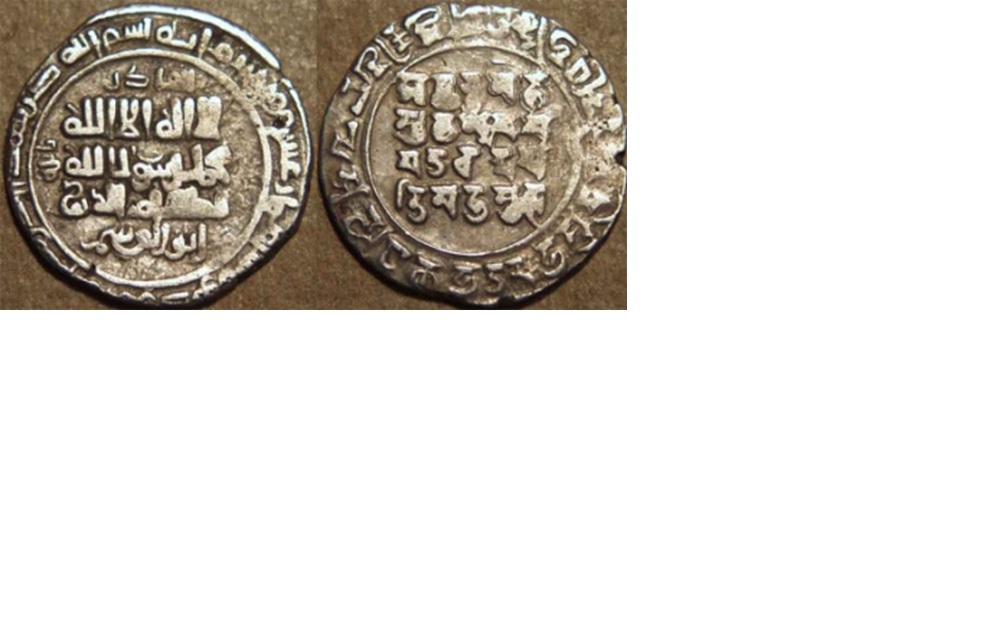
(Mahmud guardian of the faith), al-qadir above, billah at left; Date in the margin: AH 418 (= 1027-1028 CE) / Sanskrit legend in Sharada letters: avyaktameka muhammada avatar nripati mahamuda
(the Invisible is One, Muhammad is the manifestation, Mahmud the king). Courtesy: CoinIndia Gallery
The Indian Islamic coinage quickly switched to the Indian monetary weight system of heavier mohurs, instead of the standard dinars used in other parts of the Islamic world. The dinar had followed the Roman monetary system of denarius. Some of the initial Indian Islamic coins were bilingual. Sultan Mahmud of Ghazni’s following silver dirham has the obverse in Arabic and the reverse in Sanskrit.
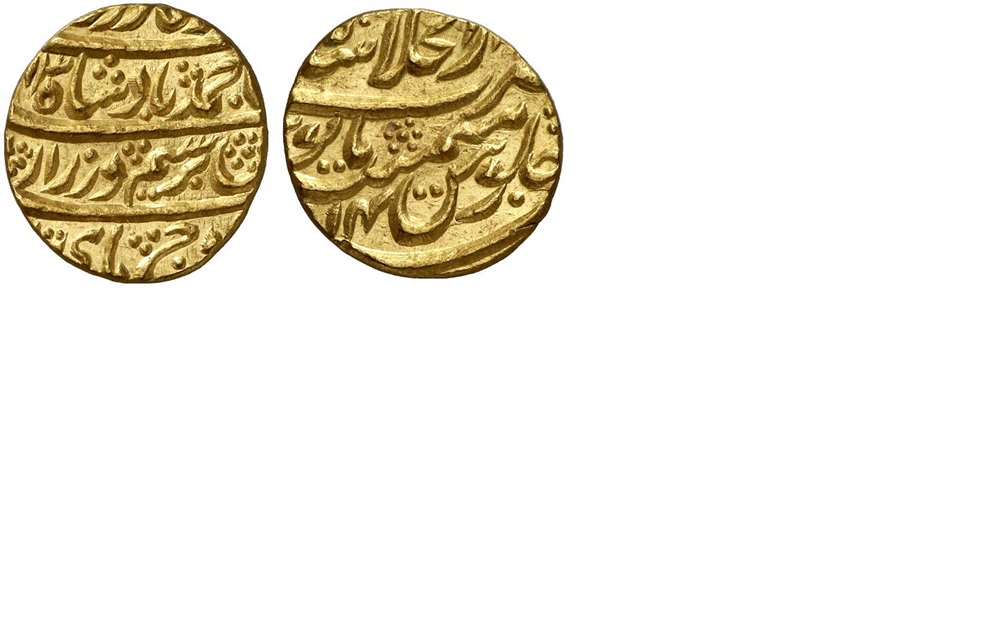
The value of a coin depends on several factors. It’s condition – fine, very fine, extremely fine, choice, etc.; its mint – where it was minted; its Rarity or lack thereof. Above all it’s demand. For example, a very ancient, rare coin, from a desirable mint may not have much demand and hence may not fetch much. Whereas, coins that have high demand, even in relatively poor condition may fetch a decent amount. That being said, rare, precious coins are handled with extreme care, as the slightest blemish could dramatically reduce the price of an extremely valuable coin. While inexpensive, common coins are available by the bucket load, valuable coins are difficult to come by, and when they do appear on the market, collectors try to outbid each other for it. Trolling the local coin shows is a good way to get started. There are numerous large, reputable auction houses that maintain extensive databases of research coins of all cultures. There are Islamic email groups that can be of help too. Museums are good places to view rare, valuable coins.
Misbahuddin Mirza, M.S., P.E. is a licensed Professional Engineer, registered in the States of New York, and New Jersey, served as the Regional Quality Control Engineer for the New York State Department of Transportation’s New York City area. He is the author of an iBook on Jerusalem Tourism and has written for major US, and Indian publications. He is an avid student of History and Islamic numismatics.
